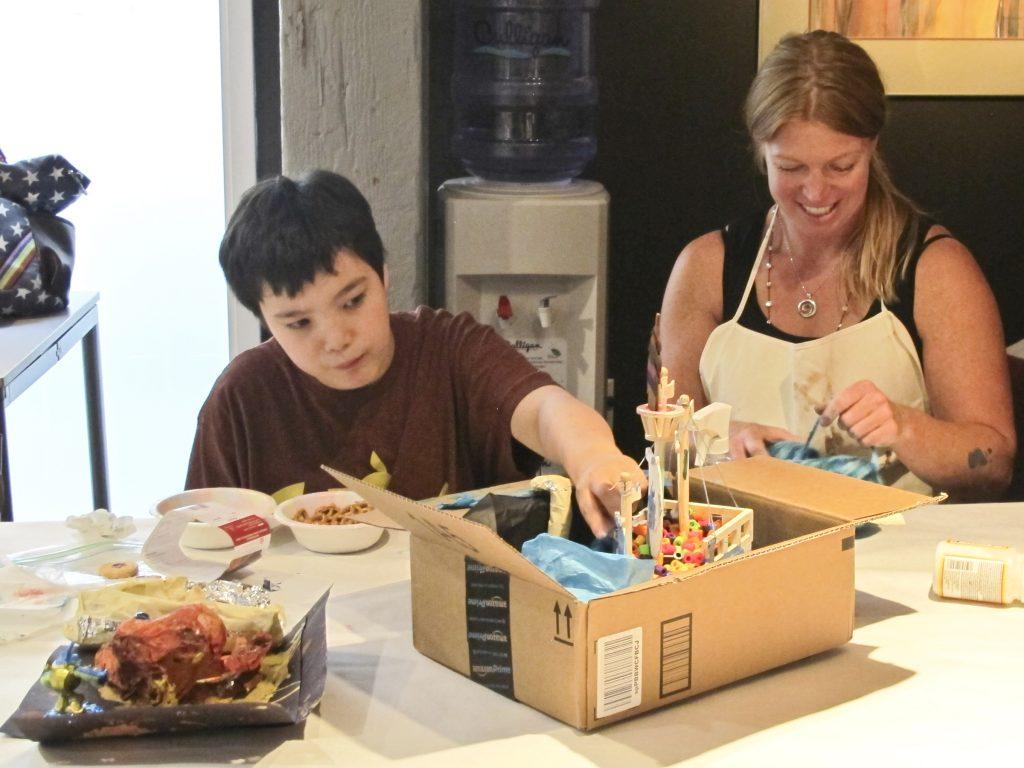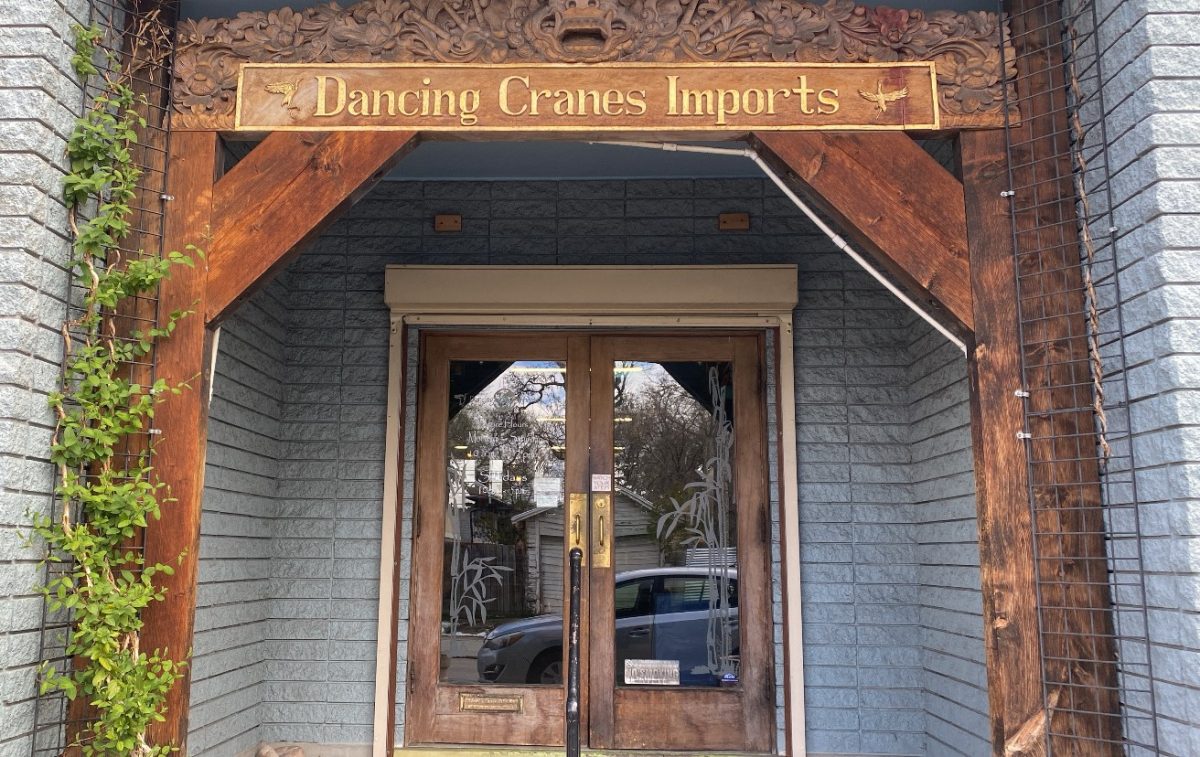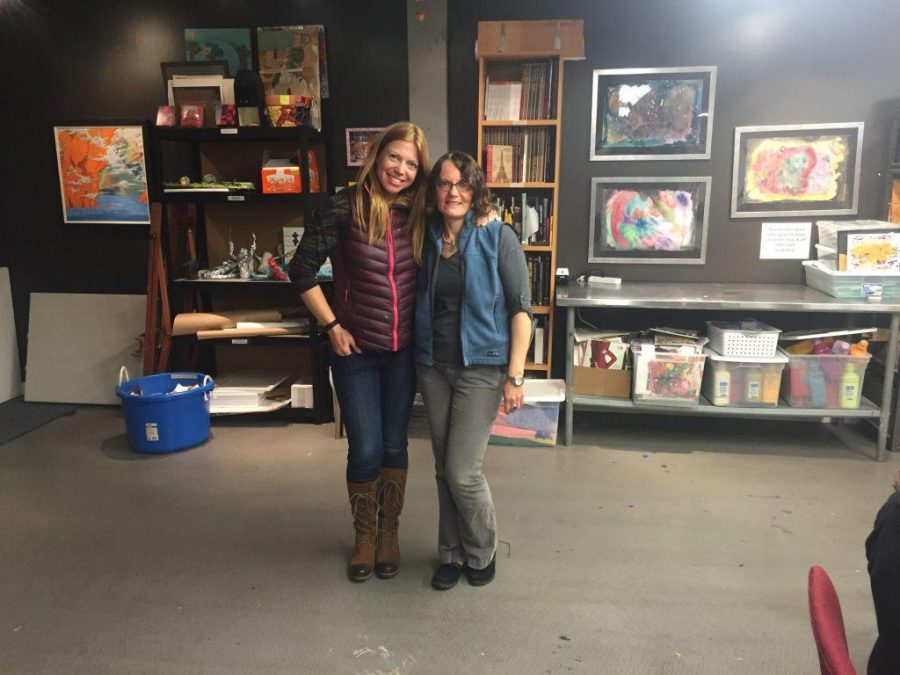Simply talking through issues isn’t effective for everyone. Even when it does prove useful, is it really the best way to work through trauma?
Not if you ask Jill Johnson.
Johnson is a mixed-media artist and art therapist who has recently been devoting her expertise to helping heal survivors of sexual trauma and violence.
“There’s a lot of parallels with the creative process and the traumatic process,” Johnson said. This is why she believes art therapy is so effective. “You know, everyone has their story of when they stopped being an artist. Someone said they didn’t like their drawing, their art teacher said something, their mom said something, whenever, whoever; and there’s a point in sexual trauma where they [the victim/survivor] called and they talked to somebody and they said something like, ‘Well, what were you wearing?’, ‘Why were you out late?’, ‘Why did you let him in your house?’ There’s just that comment that really impacts them.”
Johnson didn’t know she wanted to become an art therapist at first; her career was initially headed in a very different direction. Her undergrad experience at the U consisted of double-majoring in Women’s Studies (now Gender Studies) and Communication, because she was passionate about feminism with dreams of becoming a lawyer.
While the feminism stuck, the inclinations towards law did not. After graduating from the U, Johnson found herself at the Art Institute of Chicago, taking an Intro to Art Therapy course.
“I had always been artsy and artful, and then decided to get my portfolio together and go to graduate school because I was really drawn to art therapy,” Johnson says. “I knew I wanted to do something with health and wellness and healing and psychology, but I knew I didn’t want to go the traditional route; it felt really limiting.”
After successfully graduating with a Master’s degree in Art and Art Therapy, Johnson quickly began bringing art therapy to victims of trauma and specifically sexual trauma.
Chicago’s loss was Salt Lake City’s gain when Johnson moved back here. She began doing some work with Art Access, a community-based organization in Utah devoted to making art more widely accessible and utilized. Elise Butterfield, Art Access’ Programs Director, pulled Johnson aside following a therapy session for children with epilepsy, wondering if she was interested in working with survivors of sexual assault. Since this was exactly the kind of thing Johnson was looking for, she said yes, and the two quickly began building towards the creation of an art therapy program specifically designed for such individuals.
Their program’s first session took place at Art Access once a week over a six-week span, starting in February of 2016 and going until March of the same year. Twelve women participated.

“It just kind of organically happened, and we’ve been building it ever since,” Johnson says.
Now she and Butterfield are hoping to expand the work they are doing to incorporate the National Ability Center, as well as the military in general. “The military aspect is really big — they call it MST, it’s actually a diagnosis now: Military Sexual Trauma. And so we’re doing a lot with that as well.”
Johnson has maintained her preference and love for art therapy. “A lot of the time when you go to a therapist or you go to any kind of talk therapy, it feels kind of limiting at times, because we all have our same stories that we habitually tell. And there’s something about getting into metaphor and symbolism and different mediums that help people open in different ways and have new conversations. It’s kind of like a kick-starter to the brain.”
Johnson and Butterfield intend to hold additional art therapy sessions for survivors of sexual assault throughout 2017. For now, they are hoping to bring more awareness of the benefits of art therapy.
AccessArt.org for more information on those upcoming programs. Johnson and Butterfield have also connected with the women behind the awareness-raising website TheTasteOfHoney.org, which also works to heal survivors.
@Casey_Koldewyn










